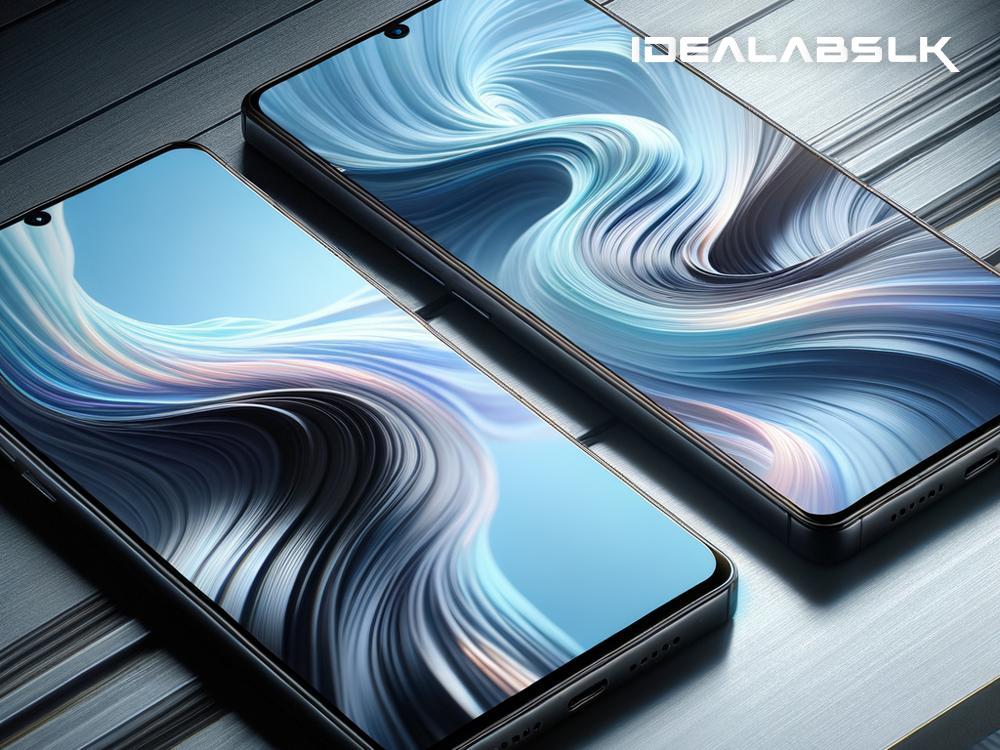How Flagship and Midrange Smartphones Stack Up in 2024
In the ever-evolving world of smartphones, the battle between flagship and midrange devices has never been more interesting. As we step into 2024, the lines between these two categories are blurring, making it tougher for consumers to choose. In this post, we'll dive deep into the world of flagship and midrange smartphones, breaking down their differences and similarities to help you make an informed decision.
Performance: The Speed at Which They Operate
Flagship smartphones are known for their top-of-the-line performance. They house the latest and fastest processors, more RAM, and generally provide a smoother and faster experience, whether you're gaming, multitasking, or simply scrolling through social media.
Midrange smartphones, on the other hand, have made significant leaps in performance in 2024. While they might not house the very latest processor, the gap in performance has narrowed. For everyday tasks, you might hardly notice a difference. This makes midrange options more appealing than ever, especially for users not chasing the absolute peak of smartphone performance.
Camera Quality: Capturing the Moments
One of the most substantial differences between flagship and midrange smartphones has traditionally been camera quality. However, in 2024, the gap has significantly narrowed.
Flagships continue to push the boundaries, offering multi-lens setups, larger sensors, and features like optical zoom, night mode, and advanced image processing algorithms. They are ideal for photography enthusiasts who want the best-quality snapshots from their phones.
Midrange smartphones have seen the most improvement in this area. Many now come with multi-lens setups and improved software processing, delivering photos that are much closer in quality to their flagship counterparts. While still a step behind in low light performance and the finer details, the average user might find their output more than satisfactory.
Build Quality and Design: The Look and Feel
Flagship devices have always excelled in build quality and design, offering premium materials like glass and metal, and increasingly innovative designs. They often feature higher water and dust resistance ratings, adding to their premium feel.
Midrange phones used to lag in this area but have caught up dramatically. In 2024, many midrange phones boast designs and build quality that feel premium, borrowing aesthetics from their flagship siblings. However, they might compromise on features like water resistance to keep costs down.
Display: Viewing Experience
When it comes to displays, flagship smartphones spare no expense. They offer the best OLED or AMOLED screens, with high resolution, HDR support, and high refresh rates for silky smooth animations and scrolling.
Midrange models have followed suit, with many offering OLED or high-quality LCDs with good resolution and refresh rates. While they might not match the peak brightness or color accuracy of flagship screens, they've reached a point where the average user may find it hard to notice the difference in daily use.
Battery Life: Keeping the Lights On
Interestingly, when it comes to battery life, midrange smartphones often outperform flagships. This is because flagships pack power-hungry features and thinner designs that leave less room for large batteries. Midrange phones, with their slightly less demanding processors and more space for bigger batteries, can last longer on a single charge.
Features and Extras: The Bells and Whistles
Flagship phones come loaded with features - from in-display fingerprint sensors to facial recognition, high refresh rate displays, reverse wireless charging, and more. They're the choice for tech enthusiasts who want the latest innovations.
Midrange phones, while improving, still choose which premium features to adopt. They might offer a couple of flagship-like features but will usually forgo others to keep the price down.
Price: The Deciding Factor
Perhaps the most significant difference comes down to price. Flagships continue to command premium prices, while midrange phones offer a compelling package at a more accessible price point. With the narrowing gap in performance and quality, many consumers find the latter offers more bang for their buck.
Final Thoughts
In 2024, the choice between flagship and midrange smartphones is less about compromise and more about prioritizing what's important to you. If cutting-edge technology, camera performance, and premium features are your non-negotiables, a flagship will satisfy your needs. However, if you're looking for great overall performance, a good camera, and a more wallet-friendly price, the midrange market is brimming with options that might surprise you. The gap is closing, and the choice, as they say, is yours.

